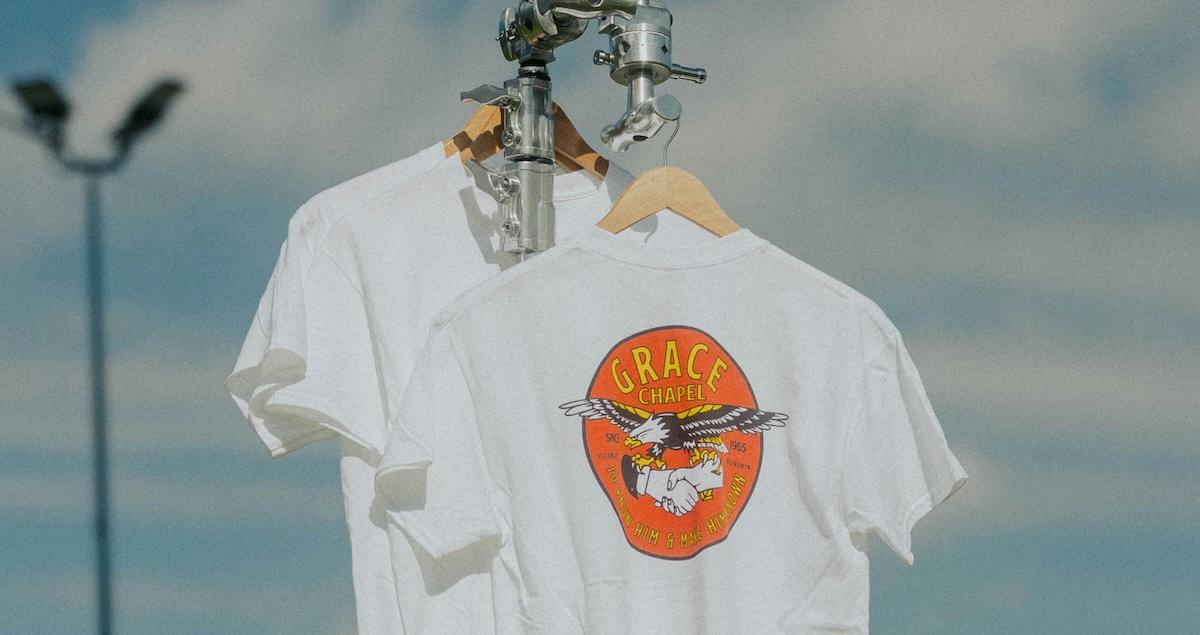If You Have Ever Wondered What the T in T-Shirt Means, You Aren't the Only One
The answer may or may not surprise you.
Published Nov. 20 2025, 2:18 p.m. ET

People ask about the most random things on the internet, and one question folks are asking is: What does the T in T-shirt mean?
According to the fashion magazine Vogue Australia, the history of the T-shirt began in the Middle Ages. The T-shirt was originally an undergarment worn by only men. They were easy to wash and gave people a hygienic barrier for the skin. Wearing a clean T-shirt also showcased a man's wealth, but what does the T mean?

What does the T in T-Shirt mean?
According to etymonline, the T in T-shirt stands for the shape the shirt makes when laid flat, a T.
The shape of the shirt changed in the 19th century when the shirt tails were removed from the garment. The body of the T-shirt was also made to be a more snug fit. New knitting technology also helped T-shirts be mass-produced in a form-fitting shape. Textiles such as calico, jersey, and wool were also used.
Hygienists praised T-shirts made of knit-wool for protection against colds and other bodily maladies.
Women were also now advised to wear T-shirts rather than corsets, and by the late 19th century, British sailors also began wearing white flannel T-shirts under their wool uniforms.
By the century's end, the British Royal Navy began allowing sailors to wear T-shirts when working on deck.
Eventually, working-class men began wearing undershirts as outerwear on the weekends, and in 1880, a square-necked, loose-fitting flannel shirt became the uniform for the US Navy. In 1913, the Navy made the cotton T-shirt its official undergarment.
The T-shirt gained popularity in the 20th century as companies like Fruit of the Loom and Hanes Knitting Company began producing them in the 1900s.
T-shirts were standard for college sportsmen in the 1930s when Sears began making the shirts, and by World War II, the U.S. Army was also issuing T-shirts as part of official uniforms.
Sears advertised the T-shirt as "It’s an undershirt, it’s an outershirt. ... Wear it as an outershirt for sports and for lounging, or as an undershirt — it’s practical, correct, either way."
In 1941, Sears marketed the T-shirt with the slogan, "You don’t need to be a soldier to have your own personal T-shirt."
The T-shirt eventually became the perfect advertisement for political messages as well as for advertising. Businesses used T-shirts for marketing, and music management companies used them to promote bands.
One band that is almost as famous for its T-shirt as they are for its music is The Rolling Stones. Their iconic T-shirt features a mouth sticking out a tongue, something singer Mick Jagger was known for doing during performances.
Today, T-shirts are worn by just about everyone